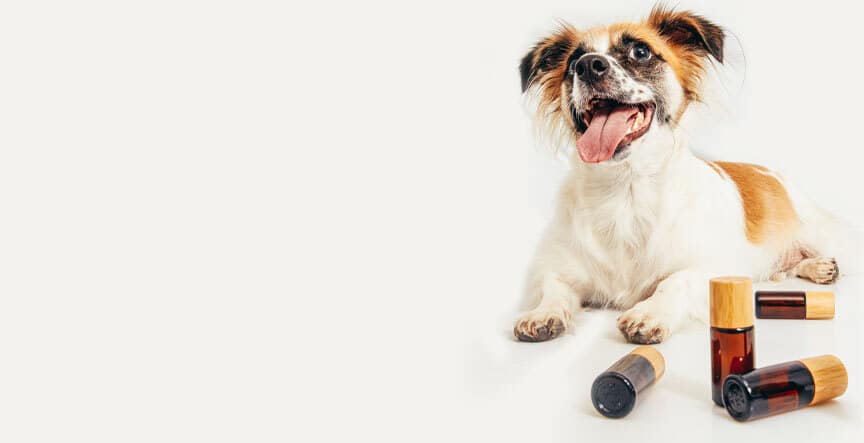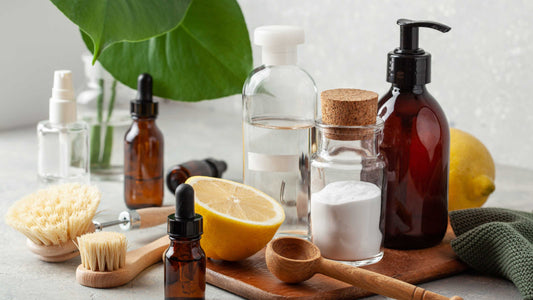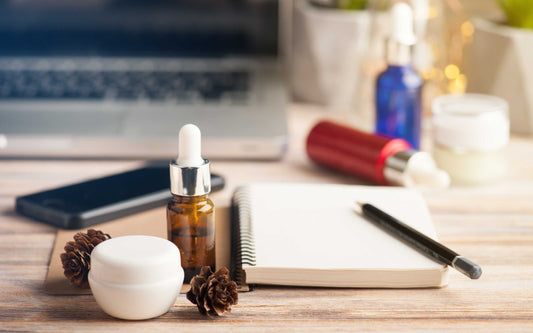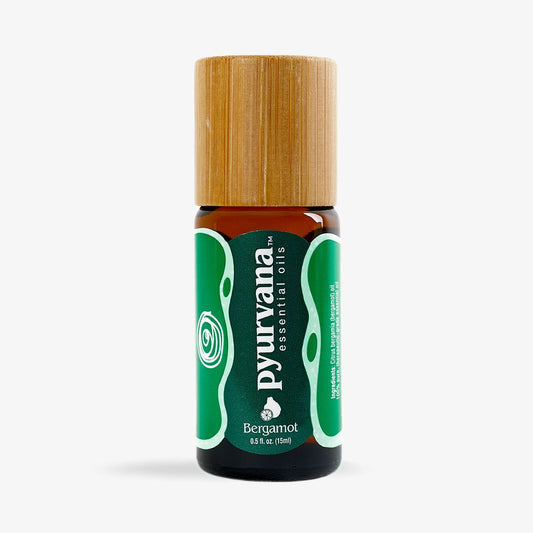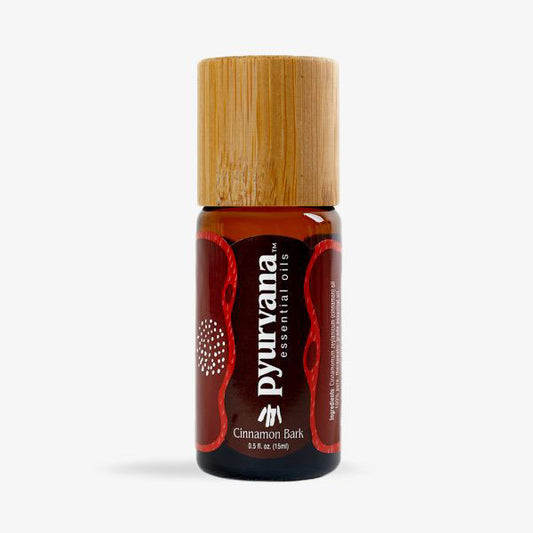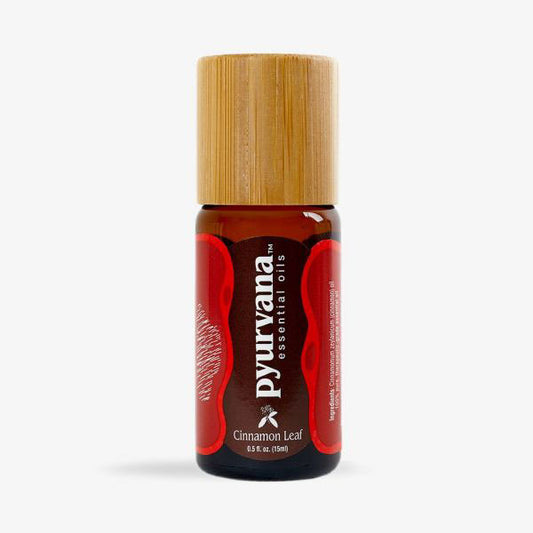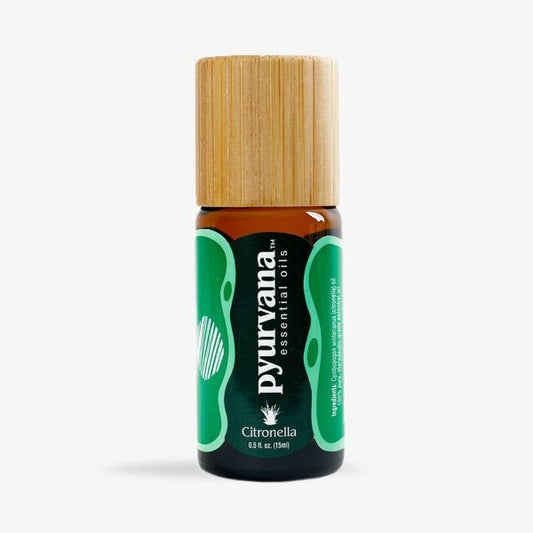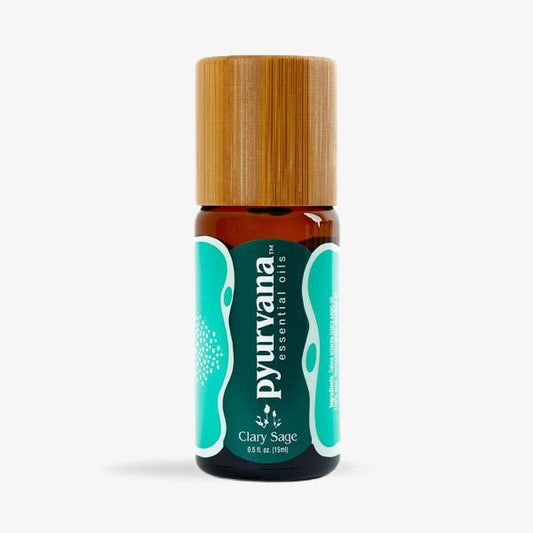Essential oils smell amazing, and there are many ways to use them, such as diffusion, topically, or in natural cleaning products. If you are a pet owner, you may be wondering how to safely use your oils around your animals. Pet-safe essential oil use requires taking a few precautions, but it is certainly possible to enjoy your oils without putting your animals in danger.
Here are some tips for using essential oils safely around pets:
Using a Diffuser Around Pets
One of the most popular ways to use essential oils is by diffusing them. There are different types of diffusers but the main similarity is that these devices release oils into the air so they can be inhaled. This is used for aromatherapy purposes or simply to make your home smell more pleasant and inviting.
When you use a diffuser, you absorb the compounds in essential oils into your bloodstream through your lungs. This means that if the components of a given oil are toxic to your pet, diffusion can cause an adverse reaction. Additionally, since your pets are probably smaller than you, a lesser amount is needed to cause problems.
Your pet may also have a more developed sense of smell. This is especially true for dogs. This means that an amount of oil that smells comforting and enjoyable for you may be overwhelming for your pet. There are also some scents that you may like but your animal may not. You should keep an eye out for any aversion and adjust your use accordingly.
In general, the best practices using your diffuser with pets in the house are:
- Watch your animal closely, especially the first few times you use a new oil or blend. If they act differently than normal or show any signs of an adverse reaction, discontinue use and contact your veterinarian.
- Only diffuse for short periods of time. This is actually a good idea even if you do not have pets, as humans and animals alike can have an adverse reaction if they breathe in too much of an essential oil.
- Keep the diffuser in an area where your pet does not have direct access and when possible keep your pets in a separate room from the diffuser.
- If you have a dog or another animal that you let outside, take him or her out for walks more often during and after diffusing any oils to expose them to fresh air. If your pets stay indoors, try opening windows or screen doors to let the outside air in for them.
- Avoid oils that are known to be toxic to your type of pet.
With some pets, you may need to avoid using a diffuser entirely. Birds have very sensitive respiratory tracts and the American Society for the Prevention of Cruelty to Animals (ASPCA) recommends not diffusing oils if you have any birds. If you know your pet has a history of respiratory issues or allergies, consult with a veterinarian before using a diffuser.
Safe Storage
While diffusing oils can be toxic for your pet, a larger concern is if your pet ingests essential oils. If you have 100% pure essential oils, the highly-concentrated compounds can be poisonous even in small doses. Even diluted oils or blends can be toxic to pets when ingested. Storing your essential oils safely can help prevent your pet from accessing them. One of the best ways to do this is to keep your oils on a high shelf or in a locked cabinet.
Using Essential Oils for Pets
Some pet owners wonder whether applying oils topically will be helpful for their animals. However, this is not usually recommended. Even oils that are not known to be toxic to your pet can be poisonous if ingested. When you use essential oil topically on an animal, there is a good chance they will lick it off.
In addition, sensitivity to oils can vary among different pets, just like it can with humans. While you may use a certain oil topically and realize that you have an allergic reaction or just don’t like the smell, your animal cannot tell you if an oil is uncomfortable or unpleasant for them. By the time they show signs, the problem can be serious.
There is very limited research on using oils for pets. In general, avoid any topical or oral use of essential oils for your pets, unless it is recommended by a veterinarian with specific knowledge of your animal and its health.
What to Do If Your Pet is Exposed
Some symptoms of toxic exposure to essential oils include watery nose or eyes, red lips/gums/skin, difficulty breathing, panting, wheezing, coughing, drooling, vomiting, lethargy, tremors, wobbliness, low body temperature, and low heart rate. If you notice any of these, you should seek veterinary care. You should also contact a veterinarian if your pet has ingested any oil. Make sure to bring the oil with you to the clinic. This is so that the veterinarian can consult the label for more information.
In the case of ingestion, you can contact either of the following resources for 24/7 assistance:
ASPCA Animal Poison Control Center: 888-426-4435 ($65 consultation fee)
Pet Poison Helpline: 855-764-7661 ($59 consultation fee)
Toxic Essential Oils
Some oils are known to be toxic to pets. It is best to avoid using these essential oils around your animals. Please note that these lists are not exhaustive, and you should always consult with your veterinarian before diffusing oils if you are unsure about their toxicity for your specific pet.
Oils That are Toxic to Dogs
- Anise (Pimpinella anisum)
- Birch (Betula)
- Bitter almond (Prunus dulcis)
- Boldo (Peumus boldus)
- Calamus (Acorus calamus)
- Camphor (Cinnamomum camphora)
- Cassia (Cassia fistula)
- Chenopodium (Chenopodium album)
- Cinnamon (Cinnamomum zeylanicum)
- Citrus oils containing d-limonene including lemon, lime, orange, grapefruit, and bergamot
- Cloves (Syzygium aromaticum)
- Garlic (Allium sativum)
- Goosefoot (Chenopodium murale)
- Horseradish (Armoracia rusticana)
- Hyssop (Hyssopus sp. with the exception of decumbens)
- Juniper (Juniperus sp. with the exception of juniper berry)
- Mugwort (Artemisia vulgaris)
- Mustard (Brassica juncea)
- Oregano (Origanum vulgare)
- Pennyroyal (Mentha pulegium)
- Red or White Thyme
- Rue (Ruta graveolens)
- Santolina (Santolina chamaecyparissus)
- Sassafras (Sassafras albidum)
- Savory (Satureja)
- Tansy (Tanacetum vulgare)
- Tea Tree Oil (Melaleuca alternifolia)
- Terebinth (Pistacia palaestina)
- Thuja (Thuja occidentalis)
- Wintergreen (Gaultheria procumbens)
- Wormwood (Artemisia absinthium)
- Yarrow (Achillea millefolium)
Oils That are Toxic to Cats
- Birch (Betula)
- Bitter almond (Peumus boldus)
- Calamus (Acorus calamus)
- Cinnamon (Cinnamomum zeylanicum)
- Citrus oils containing d-limonene including lemon, lime, orange, grapefruit, and bergamot
- Clary Sage (Salvia sclarea)
- Cloves (Syzygium aromaticum)
- Eucalyptus (Multiple species)
- Garlic (Allium sativum)
- Geranium (Pelargonium sp.)
- Horseradish (Armoracia rusticana)
- Japanese yew (Taxus spp.)
- Juniper (Juniperus sp.)
- Lemongrass (Cymbopogon citratus)
- Mustard (Brassica juncea)
- Mint including wintergreen, peppermint, spearmint, and Mentha species
- Lavender (Lavandula angustifolia)
- Oregano (Origanum vulgare)
- Pennyroyal (Mentha pulegium)
- Pine (Pinus sylvestris)
- Rose (Rosa)
- Rosemary (Salvia rosmarinus)
- Sandalwood (Santalum album)
- Sassafras (Sassafras albidum)
- Spruce (Picea)
- Tea Tree (Melaleuca alternifolia)
- Thyme (Thymus vulgaris)
- Wormwood (Artemisia absinthium)
- Ylang ylang (Cananga odorata)
Other Pets
For pets beyond cats and dogs, research on the toxicity of essential oils is somewhat more limited. Your veterinarian can give you more information and help you determine how to use your oils safely around your animal.
Safe Use of Essential Oils Around Pets
The bottom line when it comes to using oils around your pets is that it is important to be cautious. It is definitely possible to continue enjoying your oils while making some adjustments to your use to accommodate your animals. In general, you should always talk to a veterinary professional if you have any questions or concerns.

